Distracted driving is becoming a big and common issue all over the world. More road accidents are happening every day because the drivers are not paying attention to the road and where they are going. It was recorded in 2014 that 3,179 people were killed because of serious car crashes.
Using mobile phones and texting while driving is cited as the main reason behind road accidents, including in the UAE. Distracted driving is hazardous for the people on the road as well as the driver of the vehicle as well. With such things to consider, the need for better advance safety features in increasing and it has given the rise for the need of Pre-Crash Safety Systems.
These are safety systems that are created and designed to protect the driver and the passengers in case there is an accident. The Pre-Crash Safety Systems have multiple types and they either work together, in a combination or alone to provide the best level of safety in case of an accident.
If you want to purchase a new car and you want to make the right decision, then you should know everything about Pre-Crash Safety Systems. It is imperative that when you purchase a new car, it has at least one type of Pre-Crash Safety Systems in it.
Here is everything that you should know about Pre-Crash Safety Systems before you purchase a new car.
The Basics of Pre-Crash Safety Systems
As mentioned before, the Pre-Crash Safety Systems have multiple types, but they have the same main purpose. The Pre-Crash Safety Systems are programed to detect any potential collision, take necessary security measures to avoid the collision and alert the driver of the crash.
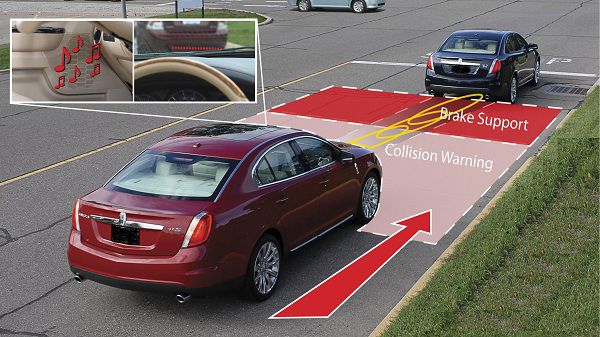
All of the Pre-Crash Safety Systems use sensors, radars, actuators and cameras to operate and keep extra set of eyes on the road. Car with Pre-Crash Safety Systems will always first warn the driver with a visual or audible warning in case of an imminent crash.
It depend upon the type of Pre-Crash Safety Systems installed in your car, but it will either pulsate the brake to get the driver’s attention or stop the car altogether. These systems use a number of sensors to get the job done and bring you the best level of security. These sensors include:
- Occupant Sensors
- Remote Sensors
- Vehicle Speed Sensors
- Seat Belt Sensors
- Pedestrian Sensors
These sensors are used by the Pre-Crash Safety Systems to make the right decision and prediction about any potential crash or impact. The sensors will detect obstacles in front of the car, measure the speed of collision, angle of impact, intensity of impact and direction of impact.
Pre-Crash Safety Systems are very famous for working best in open roads like highways and they have a reputation for causing a little bit of trouble when the vehicle is being driven in heavy traffic. Since the cars, pedestrians and hindrances will be coming from every direction consistently, these systems can be a bit problematic and glitch-y in such situations.
The Common Types of Pre-Crash Safety Systems
These are very popular safety features so almost every brand has their own version of Pre-Crash Safety Systems. Naturally, when a brand makes any modifications and updates to these Pre-Crash Safety Systems, they will rename the system according to their branding.
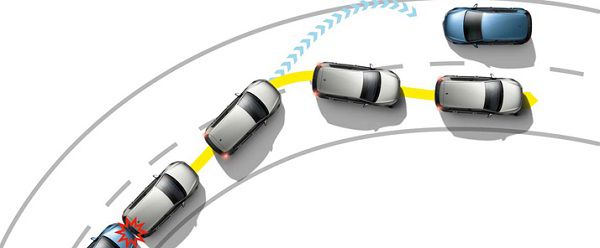
However, below are the three basic and major types of Pre-Crash Safety Systems that you will find in new cars.
- Forward Collision Warning System
- Lane Departure Warning and Prevention
- Blind Spot Detection
Let us take a look at all three of these types and understand how they work and protect the vehicle and its passengers in case of an accident.
Forward Collision Warning System
The first time the world got to see Forward Collision Warning System was in 1995 when it was demonstrated for the first time at the Hughes Research Laboratories in Malibu, California. After that, the first vehicle to have this safety feature successfully was the Volvo S40 and soon we saw this in the Cadillac STS as well.
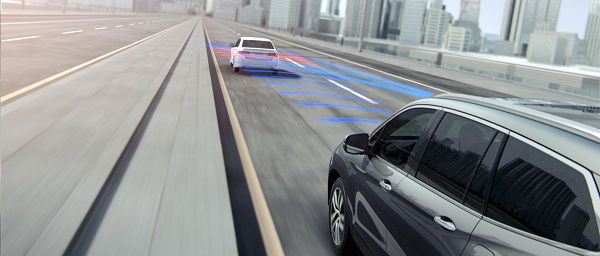
The accuracy of the Forward Collision Warning System is to be commended and much-admired. It is very accurate, which is all thanks to the GPS sensors, cameras, lasers and all-weather radars that it uses to detect any oncoming dangers.
These dangers can be a stop sign or a vehicle, but it will always detect it. If the Forward Collision Warning System will detect any potential of a collision it will either take actions automatically or it will warn the driver to take necessary actions.
The more advanced versions of Forward Collision Warning System are intelligent enough to apply the brakes and steer the car away from the danger if the need arises. It will make the decision according to the below standards:
- If the vehicle is driving below 50 Km/h, the system will apply the brakes when necessary.
- If the vehicle is being driven at high speed, the Forward Collision Warning System will autonomously steer the car away from a collision.
Also read: Automatic Emergency Braking System – Understanding this Car Safety Feature
Lane Departure Warning and Prevention
Lane Departure Warning and Prevention System is one of the most popular types of Pre-Crash Safety Systems. It was first offered by Nissan Motors in 2001 and after that, many other brands made it a part of their commonly offered safety features in their new cars.
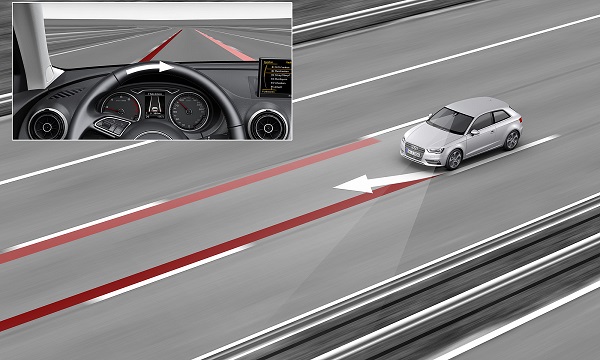
Still a little new, the Lane Departure Warning and Prevention System will warn the driver if the vehicle I going out of its lane. This will help in minimizing accidents because this system addresses the main reasons of crashes that include drowsiness of the driver, distracted driver and driver error.
There are three main types of Lane Departure Warning and Prevention, these are:
- LDW or Lane Departure Warning will warn the driver if the vehicle is leaving its lane. The warning can be visual, audio and vibrations.
- LKS or Lane Keeping System will warn the driver first and if no actions are being taken, the system will take actions to make sure that the vehicle maintains its place in the lane.
- Proactive and Reactive Systems that take whatever actions whenever necessary.
The Lane Departure Warning and Prevention uses a plethora of sensors that can detect the potential of a crash long before it happens. These sensors include:
- Video Sensors: These sensors are mounted behind the windshield or beside the rear mirror.
- Laser Sensors: These sensors are mounted at the front of the vehicle.
- Infrared Sensors: These sensors are placed under the vehicle or mounted behind the windshield.
Together, these sensors help the Lane Departure Warning and Prevention Systems to work effortlessly to bring you the best level of protection, especially in heavy traffic.
Blind Spot Detection
Blind Spot Detection is more commonly known as Blind Spot Monitoring System is a safety feature that detects the oncoming vehicles at the rear and the sides of the car. This system will determine the speed and the distance of the approaching car and it will alert the driver if there is a chance of a crash.
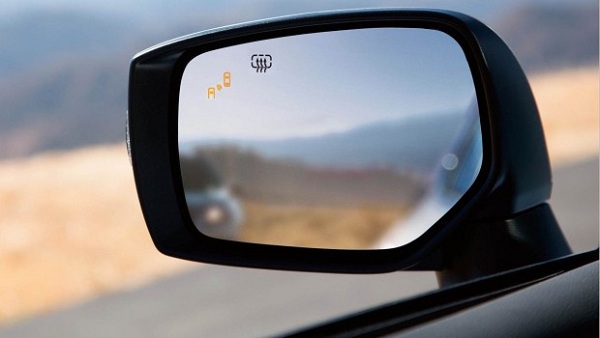
Blind Spot Detection Systems gives vibrating, visual, audible and tactile warnings to get the attention of the driver and ensure that necessary steps have been taken to avoid any collisions. This system has different type of warning for different situations. For example;
- If a vehicle is occupying a blind spot, the system will give a visual warning to the driver.
- An audio or vibration warning will be given if the driver switches the turn signal to move into an already occupied area.
If need be, this system can prevent the driver from moving forward if the danger of a collision is imminent.
Do These Systems Actually Work?
These Pre-Crash Safety Systems do work tremendously in providing the driver with support when he needs it the most. 20% to 50% of the owners reported that they feel safer with the Pre-Crash Safety Systems and these systems help them avoid a crash.
However, the driver is still responsible for the safety of the people around him and the passengers in his vehicle. The driver can always take help from these safety systems, but the safety of the people around him is still his responsibility and he will have to remain alert and keep an eye on the road.
Are you planning on changing your old car? Remember that you can sell your car to SellMyCar.ae in 30 minutes and our team of experts handle everything including post-sale paperwork.


